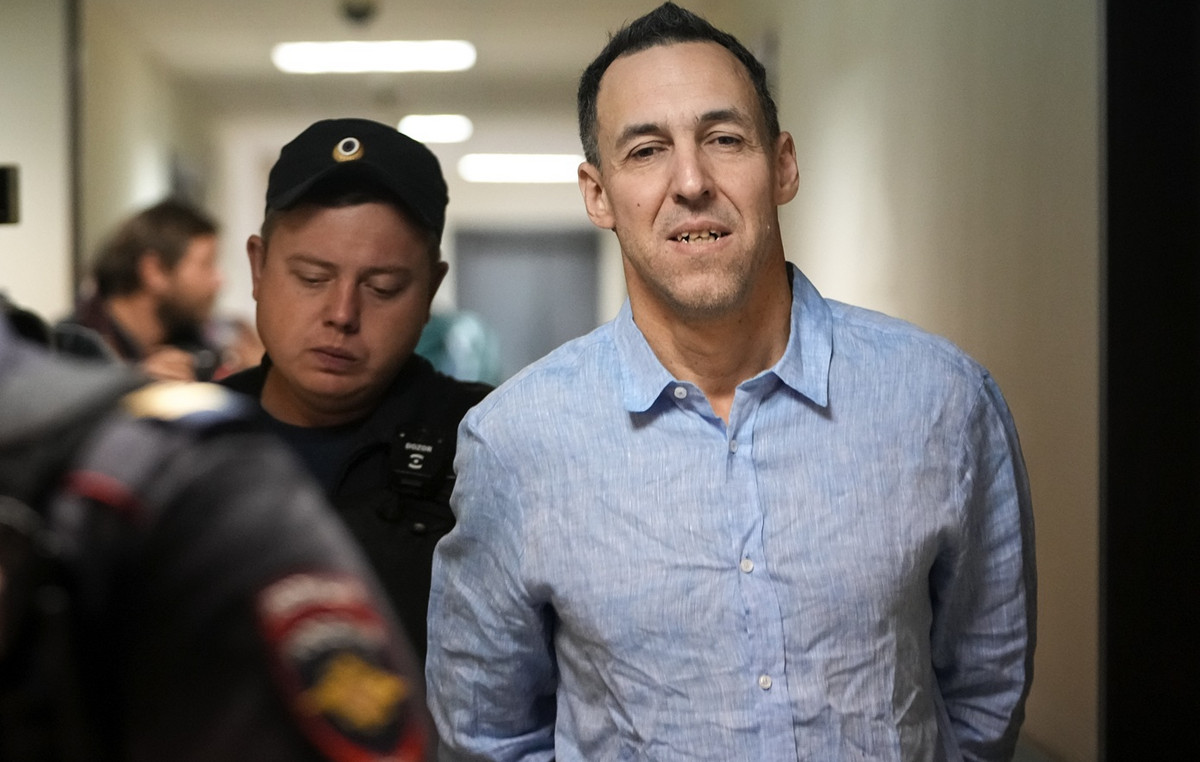I do, don’t I? I do, don’t I? When you reach the age of 50, the temptation to make some minimal adjustments arrives, almost inexorable. Nothing transcendental, nothing that requires surgery, but maybe a little filling to mitigate that hateful wrinkle in the middle of the forehead or those little marks that damn have appeared around the lips
After home masks and quick scrubs, the minimum step they recommend going to a specialist is a hyaluronic acid filler. However, the fact that it is something unnecessary and that it is linked to one’s own vanity (let’s face it) may imply some hesitation: “In reality,” he explains Antonino Di Pietrothe famous dermatologist who set up the great Vita Cutis Dermoclinical Institute, «We should change our point of view: if a tooth darkens over time, we go to the dentist to have it fixed. If our muscles sag over time, we sign up for the gym and try to exercise. So why should our skin be neglected? Why shouldn’t we take care of the elasticity of the skin of our face with the same attention we have towards the other parts of the body? It does not mean disfiguring oneself with Botox excesses, but it simply means taking care of one’s person ».
Even in his new book The beauty of imperfection (Solferino publisher) Antonino Di Pietro it makes us understand that what we must aim for is not the transformation of oneself with aesthetic distortions, but simply adopting precautions to keep fit.
So we asked him some questions to understand how to approach a possible first filler.
First, what is the hyaluronic acid that is injected?
«Hyaluronic acid is a substance produced naturally by our body and is one of the fundamental components of connective tissues. It guarantees skin hydration, promotes the production of collagen and elastin, maintains the elasticity of the skin and helps the body protect itself from bacteria and infecting microorganisms. Hyaluronic acid is an excellent regenerator and filler. It has nothing to do with Botox, which works by paralyzing the muscles ».
But is the hyaluronic acid in fillers always the same?
“No, it can be more or less pure. And, given that 95% of patients who come to us are looking for solutions that are as natural as possible, it is very important that the hyaluronic acid used is of extreme purity and softness. For example, Biohyalux allows you to intervene by attenuating or eliminating the signs of aging with safe and extremely harmonious results ».
How long does a hyaluronic acid filler last?
«A good filler must last at least three months. But beware of fillers that exceed seven to eight months because a face can also change: you just need to gain weight or lose a kilo and then the result would risk not being harmonious anymore, because the face changes over time “.
What is there to know before coming for a filler?
«I always recommend that you be well aware of yourself and of what you will be able to achieve. You have to look in the mirror, have clear ideas about the areas on which you want to intervene, without being influenced too much by the doctor. Then, in order not to be disappointed or have unrealistic expectations, one must be aware of the points where the doctor can intervene and those that cannot be changed. Usually you notice your asymmetries only after you have done the filler, but this happens trivially because you look at yourself more carefully: the truth, however, is that we are all asymmetrical, always. Then there are the expression lines that cannot go away, as well as those that are too marked, which have created adhesions. A trick to see what can be eliminated? Take your hands, stretch the skin on the sides of the wrinkle and notice what you see: if it disappears it means that a good correction can be achieved, otherwise that sign will continue to be seen ».
It hurts?
“No, it doesn’t hurt. They are syringes with super-thin needles and if the doctor injects hyaluronic acid very slowly you really don’t feel anything ».
But when would it be better to start?
“Well, usually women are around 50, but already around 30 you could start doing what I call picotage, or micro-injections of hyaluronic acid: it serves to strengthen the skin’s defenses against the sun’s rays and restructures the cellular matrix. It is a treatment that gives tone, firmness and elasticity to the skin but does not fill wrinkles. The picotage it does not swell or paralyze the face, therefore it does not transform or deform the face ».
What are the costs of a filler?
“The cost varies, it depends on how much material is used. Let’s say that the price is from 400 euros upwards, depending on the vials used and the doctor who performs the treatment. To get an idea: with a vial it is possible to intervene in the area between the nose and mouth and on the forehead, up to the sides of the eyes, then, of course, it depends on the depth of the wrinkles “.
Source: Vanity Fair







